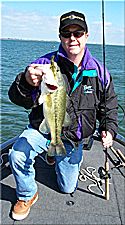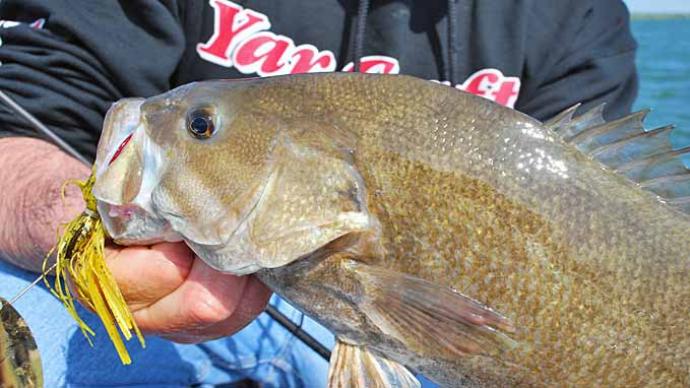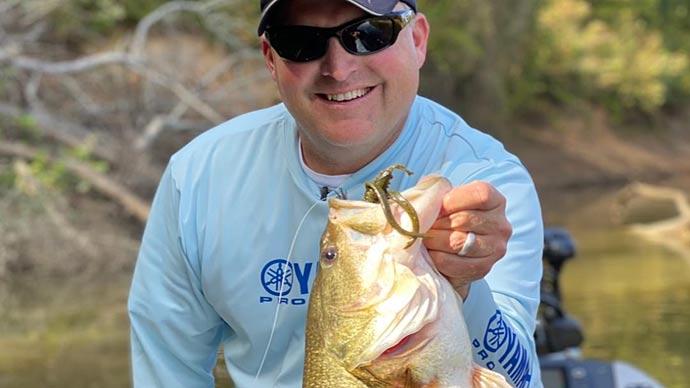
Every year in early summer, the Texas Parks and Wildlife Department stocks nearly 1 million fingerling bass in the lake. Despite popular belief, the goal of the TPWD stocking program is not to increase the number of fish in the lake as much as they want to change its dynamics through genetic manipulation of the species.
By stocking the lake with 100% Florida strain bass, the hope is that they will mate with the naturally occurring Northern strains of bass and produce offspring that will grow faster and to larger sizes due to the influence of the Florida strain. The Florida strain bass are proven to grow to larger sizes than the Northern strain, thus the reason for stocking with the Florida strain of bass.
The Corsicana/Navarro County Chamber of Commerce Lake committee recently met with Dave Terre and Richard Ott of TPWD to discuss the recent stocking of bass at Richland - Chambers and the lake's future regarding restocking and fish habitat. Their presentation and report on the fishery were both informative and encouraging. The committee appreciated the time they spent with us discussing our lake.
The most encouraging report about the lake was the ever-increasing amount of aquatic vegetation. Although the vegetation can and does create some problems for homeowners along the lake, it has been identified as the most significant beneficial change to the lake that can positively affect the bass population at the lake. I'll try to explain it to you.
Each year, in the spring, bass move to the shallow water to spawn (lay their eggs) when the surface water temperature reaches the mid to high 60s. Once the eggs hatch and the small fish emerge, it must find cover (shelter) to hide in. Otherwise, they will likely be eaten by other, larger fish.
Aquatic vegetation provides excellent cover for young fish to live and grow up in. It also provides tiny microorganisms for the small bass to feed on and oxygen, a byproduct of photosynthesis from the green vegetation. All these things combined equate to an improved habitat that results in increased survival rates for the baby bass. The result is a population of bass that naturally reproduce in water. Throw in the added benefit of Florida bass genetics, and you've got all the ingredients necessary for a superb bass fishery that can produce large bass.
I'm sure some that read this article are currently having problems with the aquatic vegetation around their property. I realize there must be some balance between the vegetation being suitable for the fishery and not causing enormous problems for property owners. I wish I had an easy solution, but unfortunately, I don't. It is a problem that needs attention from the proper authorities that regulate the lake. I am confident that a solution can be found.
Nevertheless, Richland – Chambers is on an upswing. With the recent restocking, and increased aquatic vegetation resulting in more and better habitat, we should see bass fishing steadily improve. Now is a great time to go out and reacquaint yourself, your fishing buddies, and your family with the fun of fishing.
Until next time, enjoy the outdoors.



